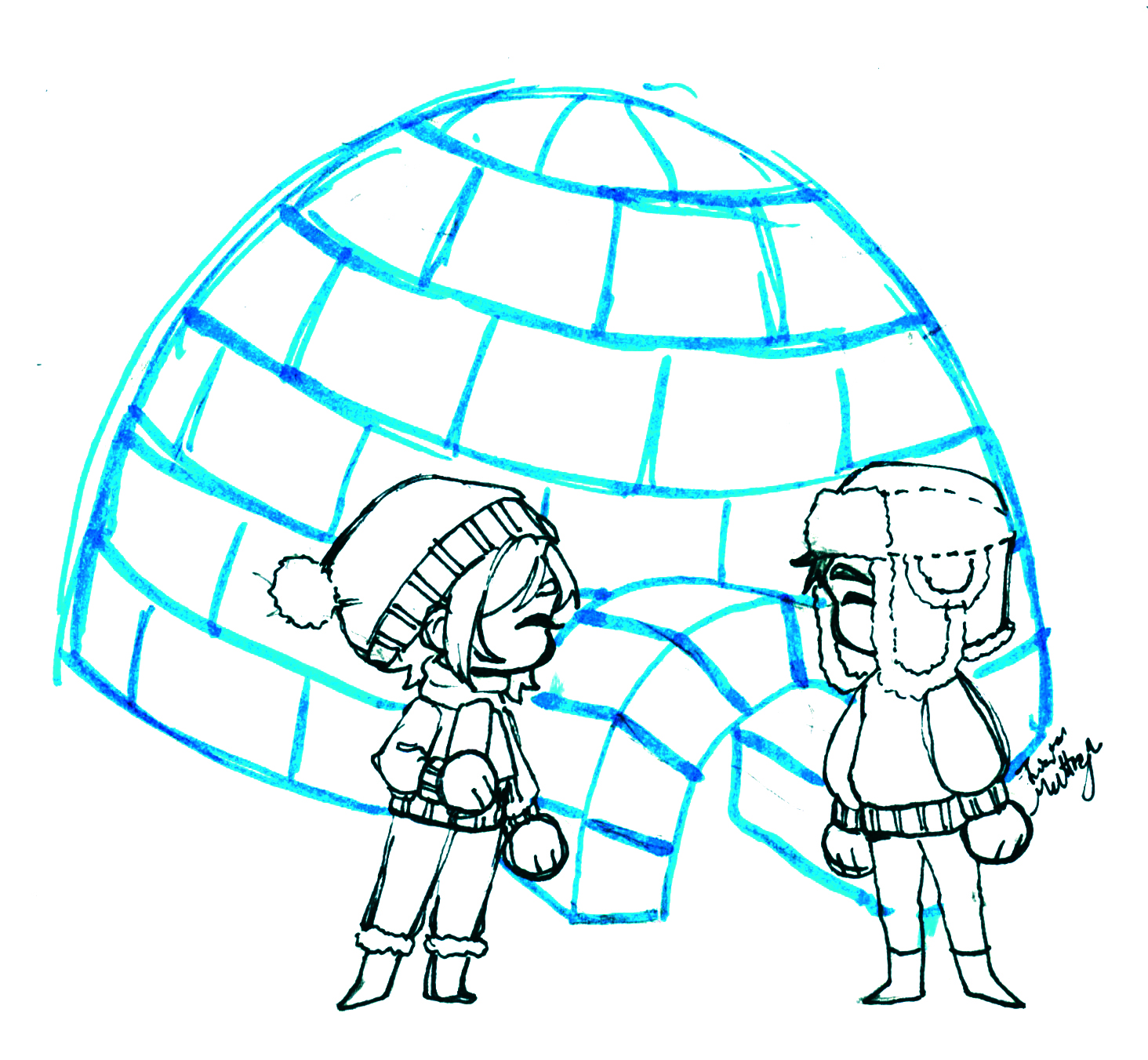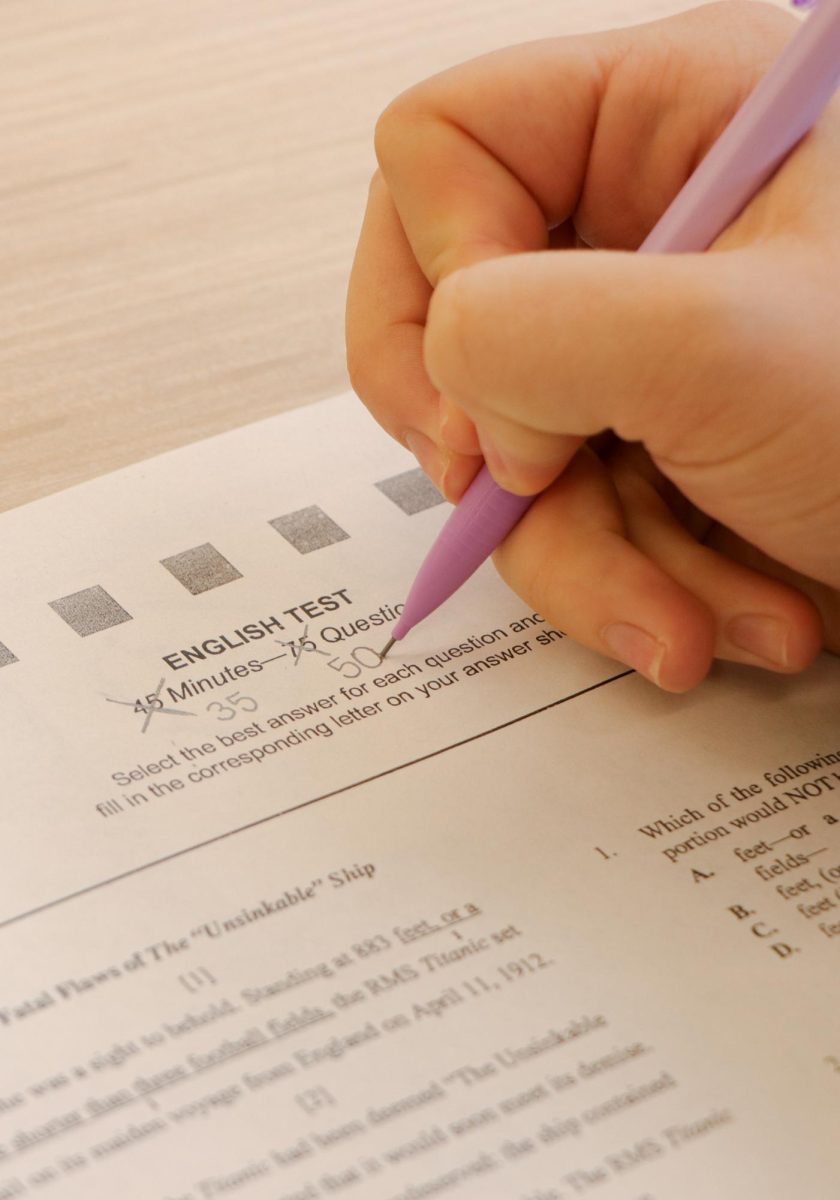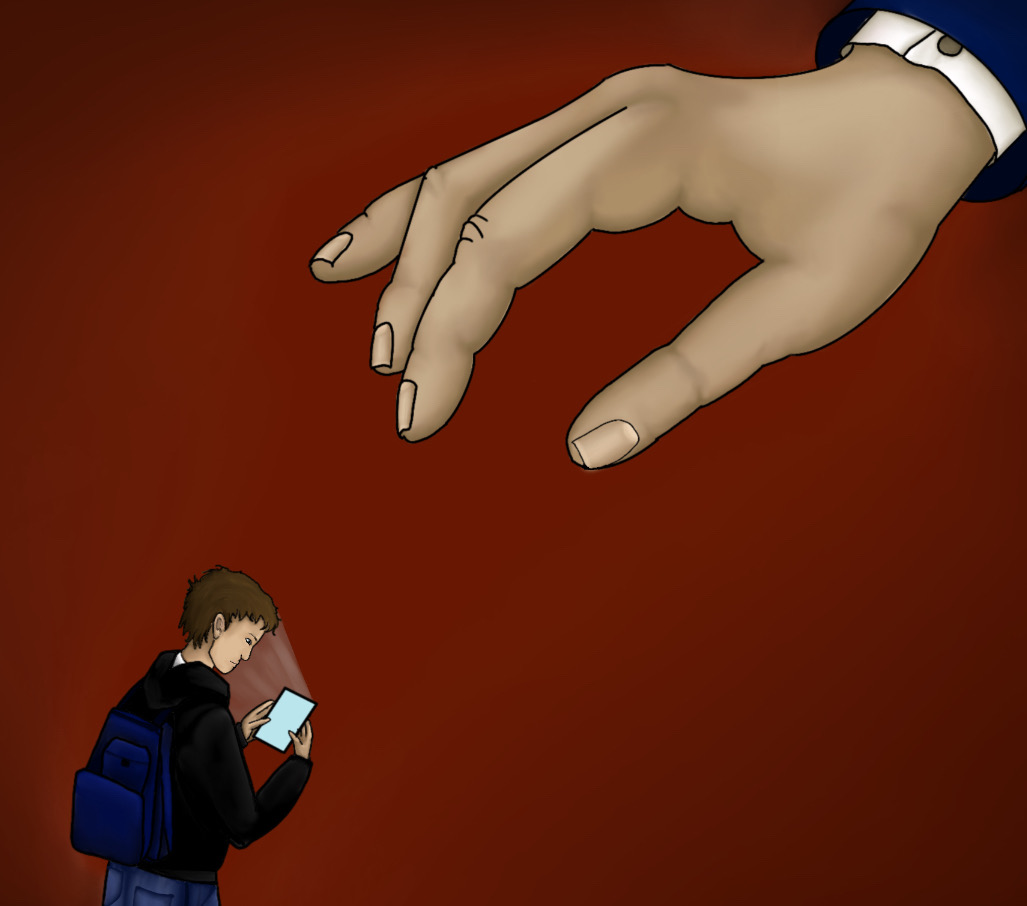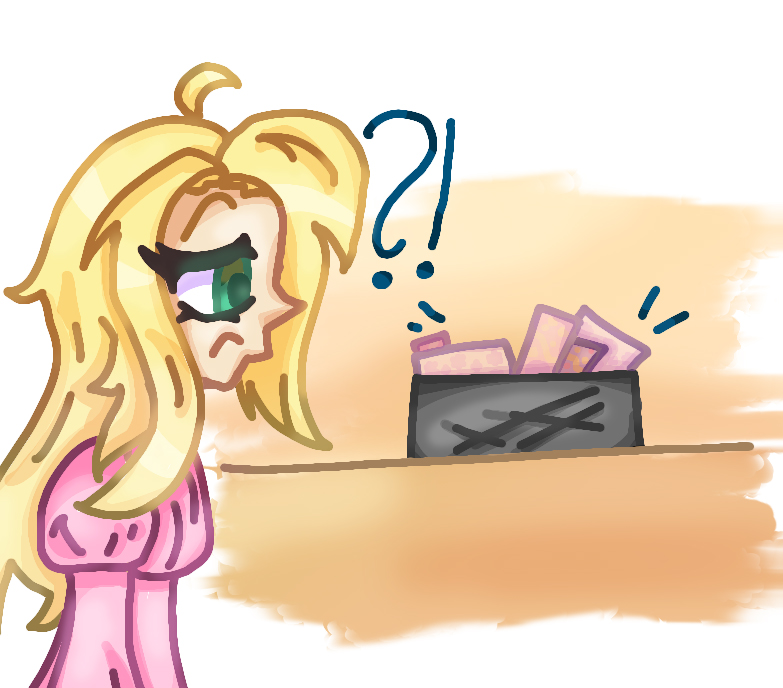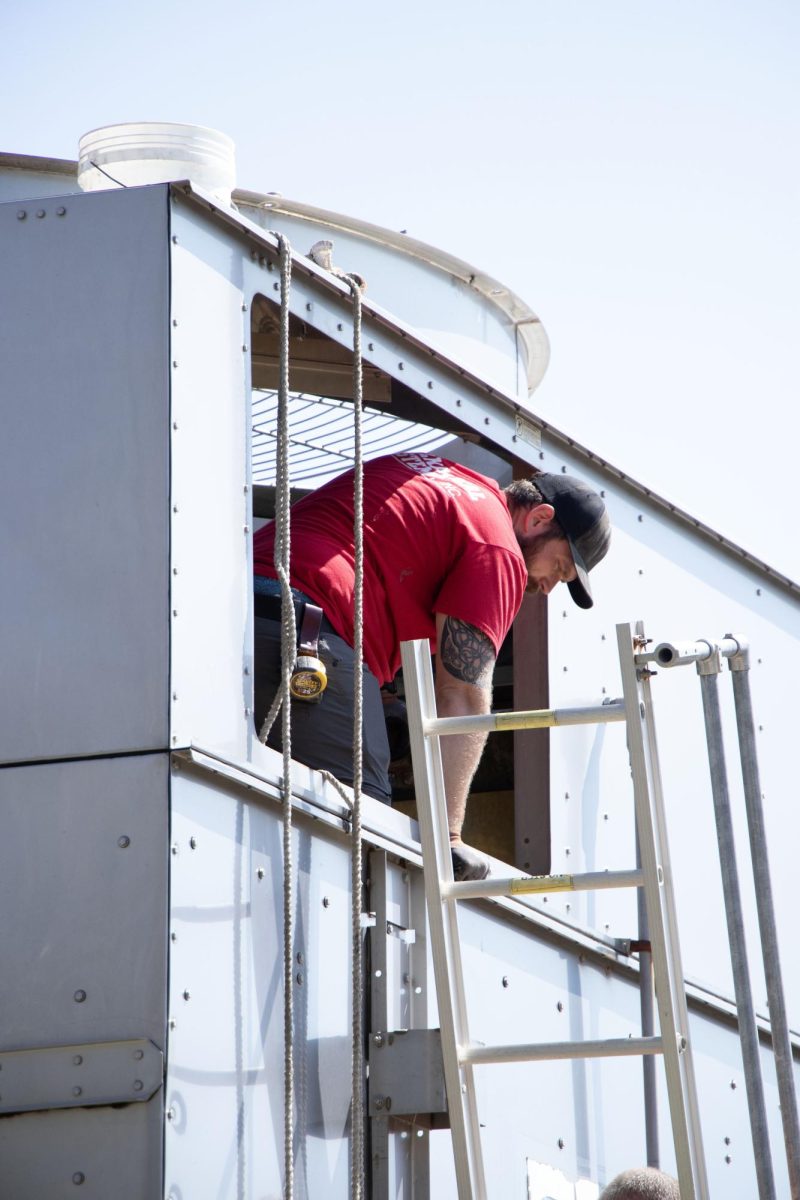Winter in Nebraska is notorious for having crazy weather, and where there is crazy weather, there are snow days to go along with it. Many students used to look forward to having a snow day and not coming to school, but 2020 has continued to ruin many things all the way into 2024. Since virtual learning became a thing in 2020 due to Covid-19, it is now making it easier for schools of all levels to transition into having E-learning during the days of winter madness. E-learning has now become a common theme among school districts when there are snow days.
Students get to experience the anticipation when the call will come, but that means that they will have to go onto their laptops and do homework, which is something many try to avoid during days off of school.
Even though many do not like E-learning days, there are some pros and cons when it comes to navigating school when snow flies. Some pros when it comes to E-learning are that it is also easier for students and teachers to stay on schedule with class when returning. The workload on E-learning days has become noticeably lighter compared to regular learning days as well. During E-learning days you are also allowed to take as many breaks as you want because there are no strict class rules you need to follow. Some cons when it comes to E-learning are students and teachers spending up to 8 hours a day looking at screens when in school and now have to log on at home too.
Motivation for students at home to log onto computers and do your homework can also be hard because of the amount of distractions. Also lack of motivation from students completing their e-learning work can hinder teachers’ motivation to want to grade and post assignments.
On the evenings before school is canceled, guardians will typically get a call or text message at around 6 p.m.
According to Superintendent Dr. Schwartz’s blog, “We try to make the call early enough for families to plan, and yet late enough that we have the most accurate information available. Sometimes we need to make a decision based on a forecast because of the timing of the potential weather, and in other instances, we are responding to actual conditions. When the weather is bad at night, I get up around four in the morning and drive the district. This is nothing new. Dr. Sutfin always did, as did Dr. Lutz before him. We do it to check the roads and see what’s happening in different parts of Millard. A lot can change within thirty-five square miles. We also drive to see and thank our grounds, maintenance, and custodial crews.”
One major factor that plays into the day is buses. If the buses can’t get out to pick kids up then school is canceled.
“Many districts have buses that run on diesel fuel, which can gel in cold weather. The fuel literally freezes. It can be confusing, because the fuel freezes based on the actual air temperature, not the wind chill or ‘feels like’ temperature that many of us monitor. This means on some days when it feels like it is much colder than it actually is, buses can still run while on other days when it doesn’t feel as cold but the actual temperature is enough to gel the fuel, the buses may not be able to run. Some districts also avoid this issue by storing their buses indoors. In Millard, this is less of a concern because our buses run on propane which can handle the cold better,” states Dr. Schwartz’s blog.
During E-learning days many teachers post small activities and notes for students or have them practice something by playing things like gimkit or quizlet. Some teachers find it odd that they are required to post things on snow days because of how many students don’t actually do their homework or have it turned in on time during those days. These assignments that are posted are now taking time away from students and their families meaning less time to create memories with parents and siblings.
According to a recent Common Sense poll, 34 percent of students spend two hours on homework, 33 percent spend one hour, 13 spend three hours and 20 percent with other answers such as 0, 4+ etc. The poll also asked if students enjoy E-learning days, and 56 percent of students say they do not enjoy snow days and 44 percent do. Of the 44 percent that enjoy snow days, students like them because it gives us a relaxing day to catch up on other things that we may need to get done from school, E-learning days also give us the freedom to do their homework as we please without being glued to a seat in school. E-learning days are much easier and mean that we don’t have to add an extra day onto the end of the semester. It also means that students do not have to drive to and from school in these poor conditions and have to worry about getting stuck.
“I drive a manual car,” sophomore Macy Chadwell said, “so it can make it difficult for me to get to school through all of the snow and ice, so I enjoy when I can have a day off of school, even if I have to E-learn,” she said.
“My parents drop me off at school, but I have almost been tardy to school because of how long it takes to get through the lines in the morning when it snows or is icy,” sophomore Natalie Haecke said. “I’m not a huge fan of E-learning, but I would rather do that than have to worry about getting to school,” she said
According to the poll, students used to go outside with their friends and family or sit down and watch movies all day, bake and even spend the time catching up on homework from other classes. Now with E learning it makes it hard for students to enjoy their well deserved day off. Most students do not like that we have to E learn and would rather have a day added to the end of the semester so that they can have one day to relax and not have to worry about having to get new school work done.


